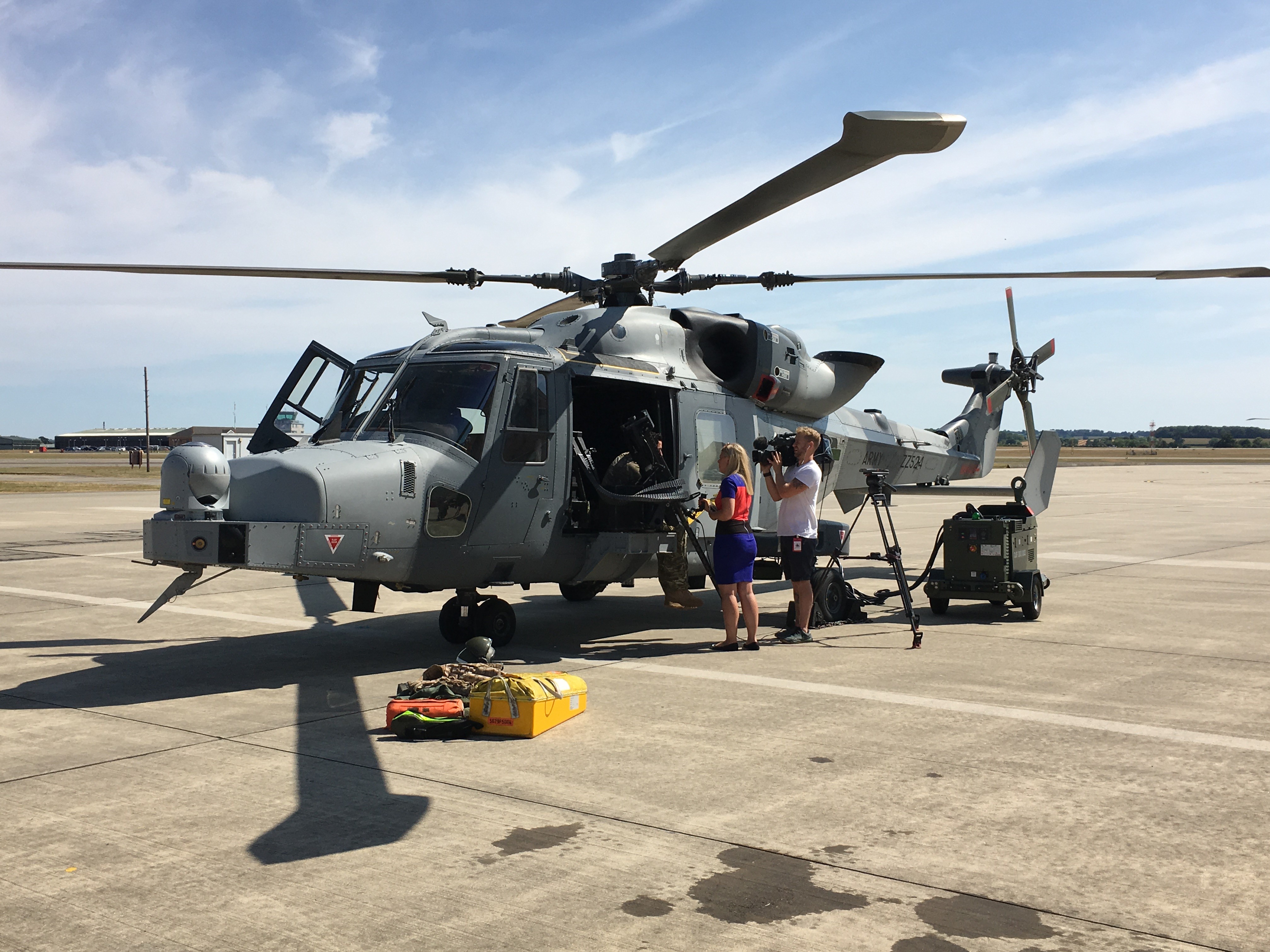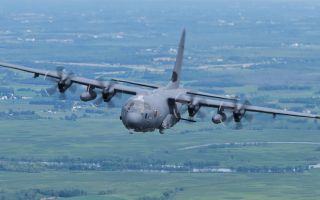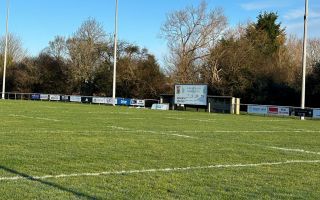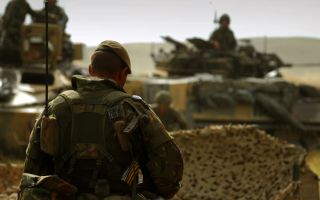Wildcat Helicopters Return From Estonia Deployment
The crews of four Wildcat helicopters have returned from Estonia after a four months.
It was their first operational deployment in the region as the successor of the Lynx helicopter.
As the successor of the Lynx, it's now the newest frontline military aircraft and it became fully capable in April 2017.
Provided by 661 Squadron, 1 Regiment Army Air Corps, the four aircraft travelled from its base at RNAS Yeovilton to support the NATO allies in the region.

Pilot Instructor Captain Andy, who's part of 661 Squadron, said:
"We are 95% reconnaissance and we provide intelligence to shape the battle - however, we can do that before or during the events."
He added: "We also have the ability to carry personnel, we did a lot of work with the Royal Welsh where we moved their mortar and javelin teams, dropped them off and then provided them with rekkie for them to do an ambush to armoured columns."
Whilst on tour, the helicoper was tested on its fighting, coordination and communication skills.

Trooper Nicholas Jackman, 661 Squadron, says the trip to Estonia was positive: "We got a lot of positive feedback from the Estonians - the locals were all very friends, they certainly appreciated what we were doing."
Corporal Lloyd Griffiths, 661 Squadron said:
"It was different. Estonia is very flat and its got a lot of trees - at times it was a little disorientating but with the equipment, we were able to use maps on a screen which made it a lot easier.
661 Squadron is currently on ‘readiness’ to deploy anywhere in the world within five days.
Last month, the Defence Secretary announced the Royal Air Force will also deploy to Estonia next year as part of NATO Air Policing.








